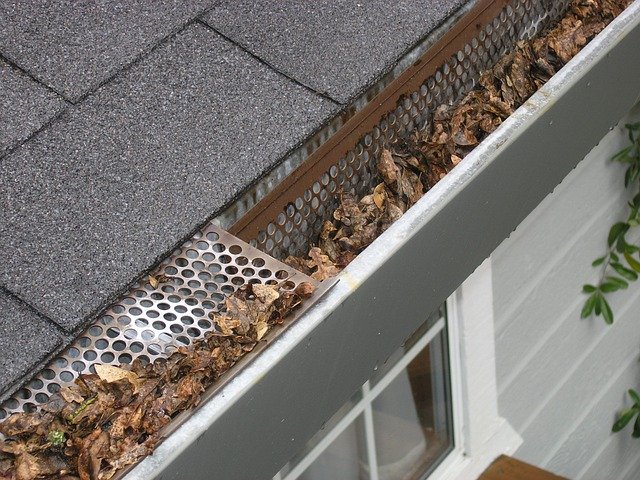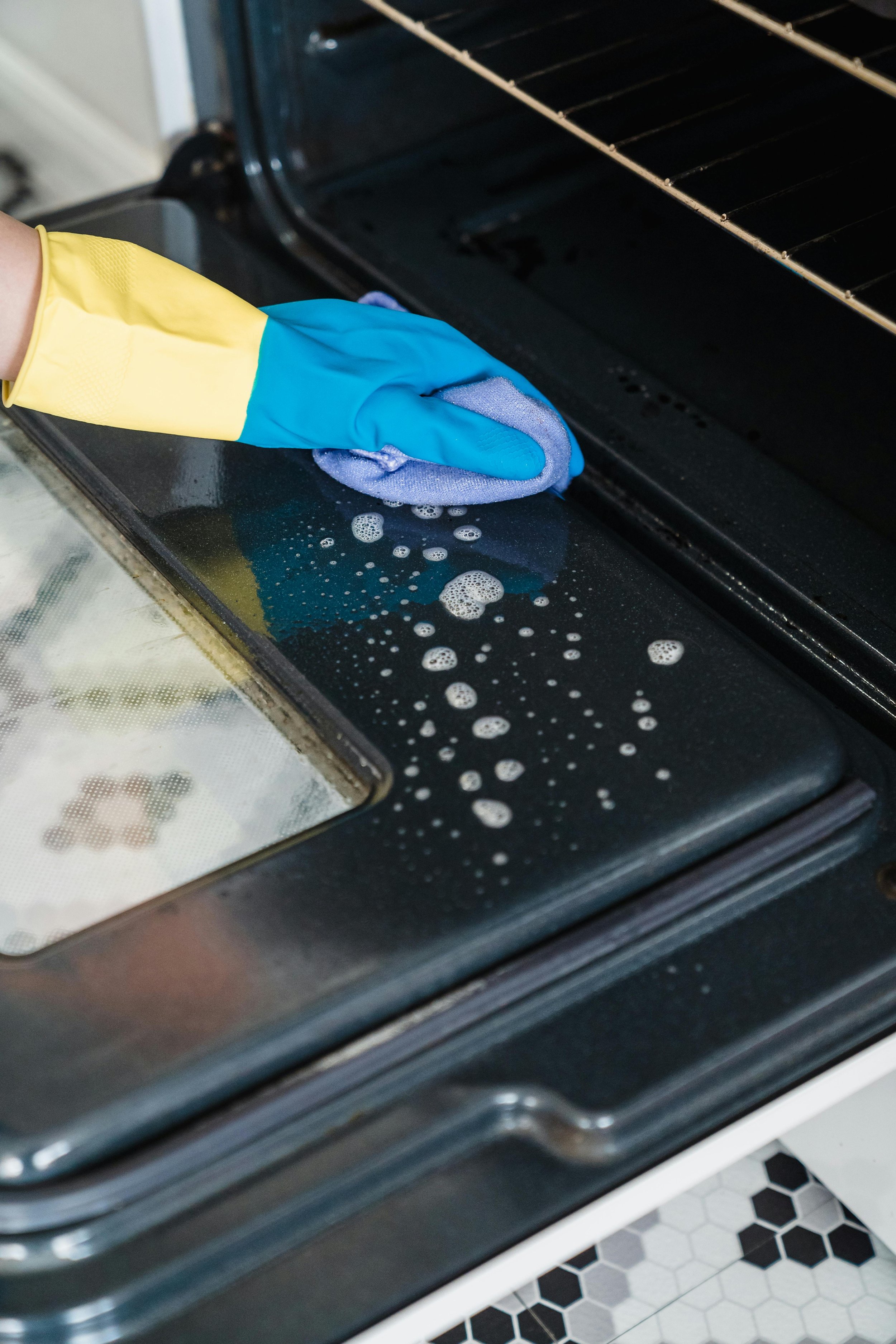Spring is here! Refresh your home’s efficiency with these energy-saving strategies.
When it comes to preparing your home for spring, people don't always think about the way that your energy usage changes from season to season. This week, we’ll take a look at different changes you can make to your appliances and your habits to keep your home energy efficient.
Energy-Efficient Appliance Changes
Check to see if your appliances are ENERGY STAR certified. That is going to help you in figuring out how efficient they are capable of being. Energy Star appliances are designed from the ground up to use less electricity.
Next up, let’s look at one of the most important tips we have, keeping your appliances clean externally and internally. The harder your appliance works to breathe, the more energy it consumes. The more the various coils are caked in dirt, dust, and pet hair, the harder they have to work to bring keep cool. So making sure that all sides of your appliances are clean, directly relates to your bill. This also applies to your dryer, as making sure that the lint screen on your dryer is clean affects how hard it works.
Once you’ve gotten your appliances clean, there are appliance specific changes that we can run through to get your entire suite in fighting shape.
Refrigerator & Freezers
You want to keep your fridge and freezer full but not packed to the brim, which is a hard line to define. A full unit will retain the cold better, but too much will restrict airflow. In addition to having to work harder, having limited airflow leads to pockets in the unit that are warmer and colder.. These pockets make it harder to keep your food at the right temperatures. This concern also applies to the amount of frost buildup in your freezer. You’ll want to defrost it regularly to ensure the frost doesn’t block airflow. Once you have everything arranged properly, check your manufacturer pamphlet for what temperature is recommended. It should be somewhere around 40*F for the refrigerator and 0*F for the freezer.
Dishwasher
When it comes to your dishwasher, you’ll want to start by skipping the rinsing of your dishes. It sounds weird, we know. But your dishwasher, if it’s a modern one, is designed to handle food residue. So all you need to do is to scrape it off. Next up, make sure to run full loads. We don’t mean that you need to pack every dish in that you own. Merely that you need to ensure that you’re utilizing the space that is there. Doing this is going to cut down on your water waste, as well as your energy usage. Finally, skip the heated dry. Letting your dishes air-dry is perfectly acceptable.
Oven & Stove
Let’s move on to your range and take a look there at how we can pare down. Use your toaster oven (or your microwave) to reheat your food, instead of the oven. Not only do these take less energy, but they also will keep your home cooler. Which, a useful tip is to avoid preheating unless it’s needed. Although all of us work hard to keep our burners clean, it’s probably not because we’re looking at efficiency. However, it turns out that keeping your burners clean is just as useful as keeping your fridge clean to allow better efficiency.
Washer & Dryer
When it comes to your laundry, start by washing with cold water whenever possible. It might not seem like a big change, but it can save you a surprising amount on hot water costs. Next up, always run full loads or adjust the water level if you’re doing a smaller one. This helps make the most of every wash cycle. If you have a high-efficiency (HE) washer, be sure to use HE detergent—it’s designed to work best with these machines. On the drying side of things, clean the lint screen after every cycle to keep airflow strong and drying times short. Drying similar-weight fabrics together helps, too, since everything will dry more evenly. If your dryer has a moisture sensor, use it—this will shut off the machine when your clothes are dry instead of running longer than needed. And if you really want to cut down on energy use, consider line drying. If clothes feel too stiff, just toss them in the dryer for a few minutes on a low or air-dry setting to soften them up.
To round things out, we do want to point out an important if less enjoyable fact.
Unless your appliances are 10 years old or younger, you’re not working with ‘the most’ efficient home appliances. It’s a fact of research and development. You don’t have to purchase all new appliances, you do have to be aware that your mileage may vary. The amount of efficiency you will be able to improve your appliances will vary based on how old they are. The tips we’ve provided will absolutely help in reducing your energy usage and your bills. We just want to be upfront in regards to how much you can realistically expect.
Energy-Saving Habits for Everyday Use
Beyond appliance-specific tips, changing daily habits can significantly impact your energy consumption.
Run major appliances at night to reduce strain on the power grid and keep your home cooler.
Unplug electronics when not in use or use power strips to cut phantom energy usage.
Use ceiling fans to circulate air and reduce heating/cooling needs—run them counterclockwise in summer for a cooling effect.
Replace or clean filters regularly in HVAC systems, range hoods, and dryers to prevent overworking your appliances.
Keep blinds closed on hot days to reduce cooling costs; open them on sunny winter days to let in natural heat.
Adjust your thermostat—set it to 78°F in summer and 68°F in winter for optimal savings.
Be mindful of appliance placement—keep heat-producing electronics away from thermostats to prevent unnecessary cooling.
Managing Increased Summer Usage
Warmer months often mean more frequent fridge openings and heavier appliance usage. Here’s how to stay ahead:
Declutter your fridge before summer to make space for seasonal grocery hauls.
Increase maintenance—clean coils and check seals more frequently.
Monitor performance for signs of strain, such as unusual noises or longer cooling times.
By making these adjustments and adopting energy-conscious habits, you’ll be well on your way to a more energy-efficient home this spring—and beyond.
By making a few simple changes to how you use and maintain your appliances, you can keep your home running efficiently while cutting down on energy waste. Whether it’s adjusting your daily habits, keeping your appliances clean, or optimizing their performance, every small step adds up to big savings over time. And if you ever run into appliance issues that maintenance alone can’t fix, our team at Appliance Rescue Service is here to help. From repairs to expert advice, we’ll make sure your appliances are working at their best—so you can enjoy a comfortable, energy-efficient home all season long.
Website
Call :(214) 599-0055

















